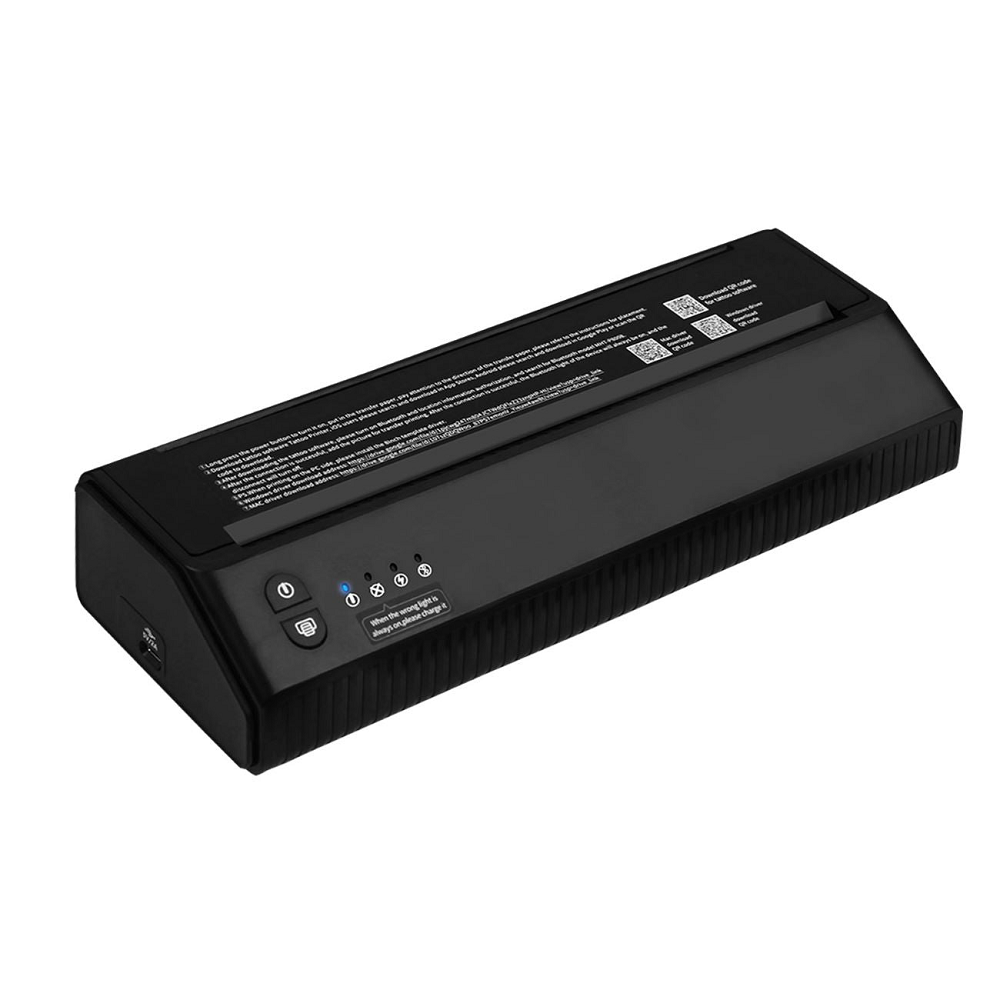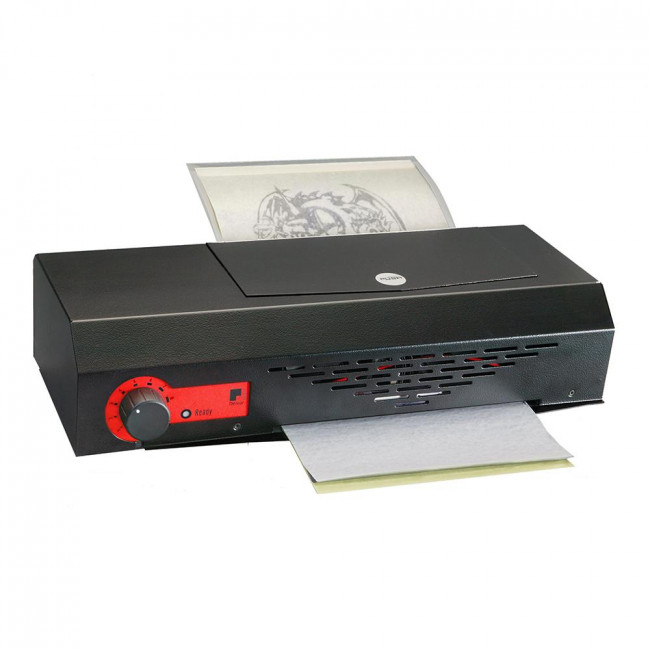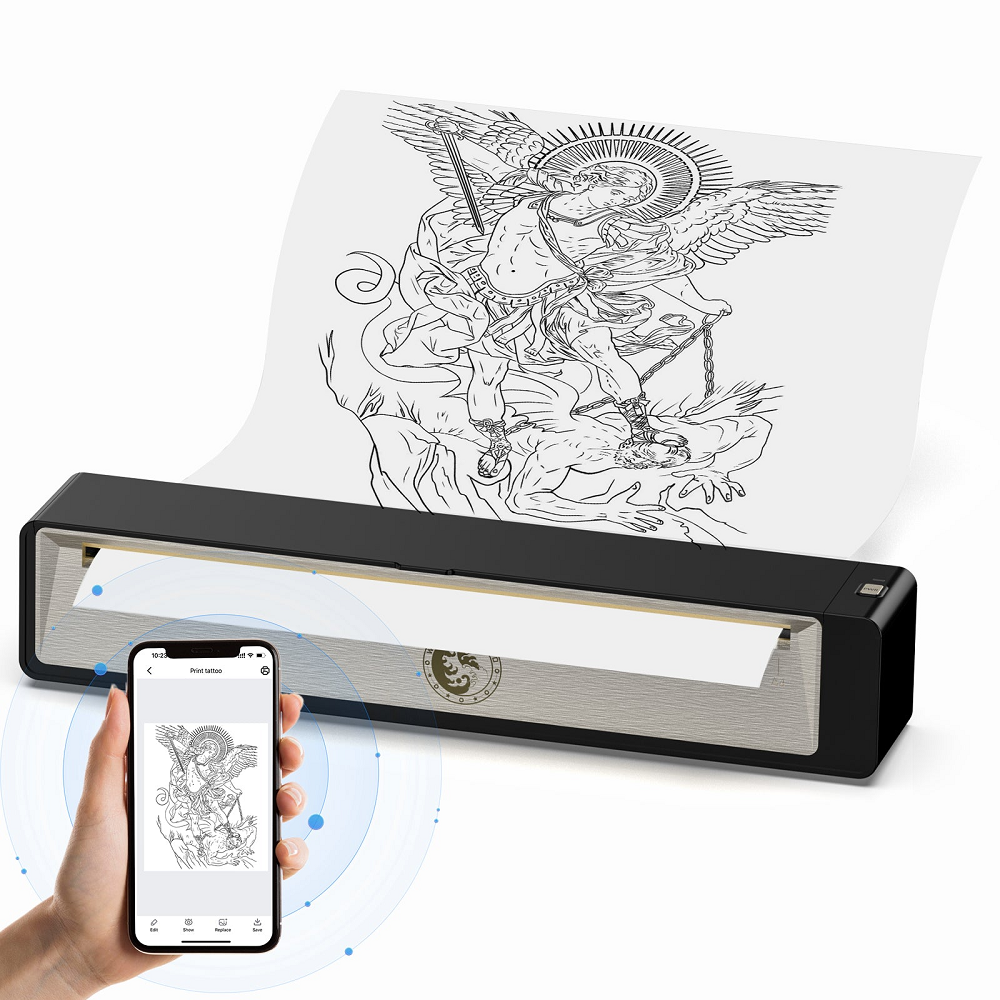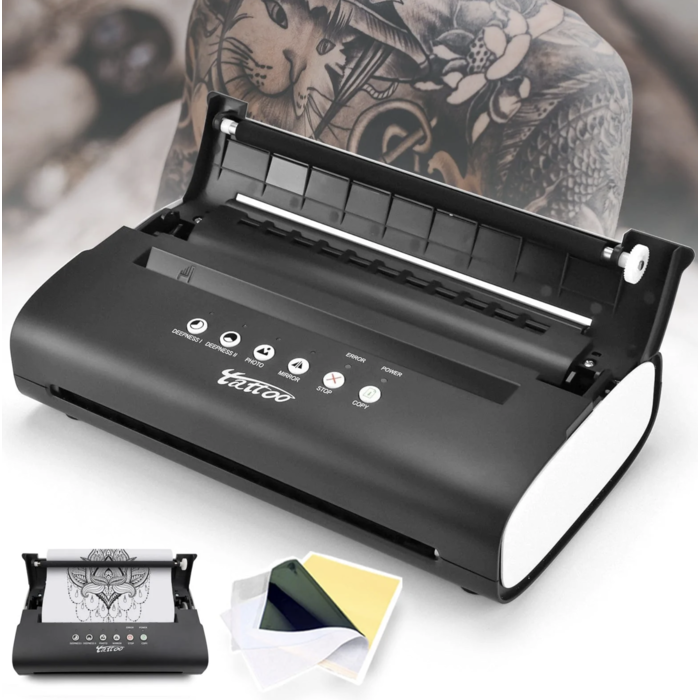As technology continues to advance, stencil printers have become vital tools across various industries. These machines provide businesses with efficient, precise, and consistent printing solutions. This article explores the evolution, features, applications, and benefits of stencil printers. We will break down each aspect to give readers a clear understanding of why these machines matter.
What is a Stencil Printer?
Stencil printers are specialized machines that transfer ink onto a surface via a stencil. The stencil serves as a template, allowing ink to pass through only in designated areas. This process results in precise and clean prints. Stencil printers come in various sizes and capabilities. Some are designed for small-scale projects, while others are made for large production runs.
The Mechanism of Stencil Printing
At its core, stencil printing relies on a simple mechanical process. The printer uses a pre-prepared stencil, which is usually made of a thin material. The stencil has cut-out designs that define the areas for printing. Ink is then applied to the stencil. As the ink moves through the cut-outs, it transfers onto the substrate below. The substrate can be paper, fabric, metal, or any other material suitable for printing.
The durability of stencils also plays a crucial role. They can be reused multiple times, making them cost-effective for businesses. Operators can easily change stencils, allowing for versatile printing options without significant downtime. This flexibility caters to various printing needs, from labels to art designs.
The Evolution of Stencil Printers
Stencil printers have a rich history. They date back to ancient civilizations, where craftsmen used simple stencils made from leaves or animal skins. However, modern stencil printing has evolved significantly. The 20th century saw the development of electric and automatic stencil printers. These advancements made the technology more accessible and efficient.
The 20th Century Revolution
During the 20th century, businesses began to adopt stencil printing on a larger scale. By the mid-century, industries required fast and efficient methods to produce documentation. Traditional printing methods couldn’t keep pace with rising demands. Consequently, stencil printing emerged as a cost-effective way to meet these needs.
In this era, manufacturers incorporated more advanced materials. They developed synthetic stencils that could withstand harsher conditions. These materials increased durability and allowed for higher-quality prints. The introduction of electric motors sped up the process. As a result, businesses could handle higher volumes without sacrificing quality.
Today’s Innovations
In recent years, stencil printers have continued to evolve. Digital technologies have been integrated into the stencil printing process. This integration has allowed for greater precision and ease of use. Operators can now design stencils using computer software, ensuring accuracy and reducing human error.
Furthermore, modern stencil printers often come equipped with features that allow for more flexibility. Many can print in various colors and on multiple surfaces. This adaptability makes them ideal for industries ranging from textiles to electronics.
Features of Stencil Printers
When considering a stencil printer for your business, it is crucial to understand its key features. Different models come with various specifications and capabilities that cater to specific needs. Here we will look at some prominent features to consider.
Print Quality and Speed
Print quality is paramount for any printing device. Stencil printers are no exception. A high-quality stencil printer creates sharp, clear images that stay true to the original design. The printer should use high-quality inks that won’t fade or smudge over time. A boost in print speed is also essential. Some stencil printers can produce hundreds of prints in an hour, making them suitable for high-volume production.
Versatility in Printing
Stencil printers adapt to various materials, from paper to fabric. This versatility is beneficial for businesses that serve multiple sectors. You might print product labels one day and textile designs the next. The ability to switch between materials without significant adjustments saves time and increases efficiency.
Ease of Use
The user interface of modern stencil printers has improved dramatically. Manufacturers design printers with user-friendly controls. Operators do not need extensive training to use these machines. Simple software allows quick stencil design directly from a computer, making the printing process smooth and hassle-free.
Cost-Effectiveness
Investing in a stencil printer can yield significant savings. These printers minimize waste, using only the required ink for each print. Additionally, the durability of stencils means fewer replacements, reducing costs over time. Low maintenance also contributes to their cost-effectiveness, as simple cleaning and upkeep keep the machine running smoothly.
Applications of Stencil Printers
Stencil printers find applications across various industries. Their versatility makes them essential for multiple sectors. Let’s explore some common applications of stencil printing in detail.
Industrial Printing
Industries widely use stencil printers for labeling and product identification. For example, manufacturers require precise labeling for equipment, containers, and products. Stencil printers provide robust and long-lasting prints that withstand harsh environments, making them ideal for factories and warehouses.
In addition, companies can use these printers for safety signs. Clear signage is crucial in any industrial setting. Stencil printers create bright and legible signs that help maintain safety standards. This usage is particularly important in large facilities where visibility can get compromised.
Textile Printing
The textile industry benefits greatly from stencil printing. It allows for intricate designs to be transferred onto fabrics quickly and efficiently. Stencil printers can produce vibrant prints that are long-lasting and resistant to fading. They can adapt to various fabric types, including cotton, polyester, and more.
Textile businesses appreciate the speed and efficiency of stencil printers. Large-scale fabric production requires rapid design transfers. Stencil printers enable companies to meet demand without compromising quality.
Arts and Crafts
Stencil printing transcends industry use. Artists and crafters employ stencil printers for their creative projects. Custom designs can quickly come to life through various mediums. This versatility opens avenues for innovative artistic expressions.
Crafters use stencil printers for designs on walls, furniture, and handmade items. The ability to create professional-looking prints offers artists a valuable tool. Additionally, the simplicity of the process allows for experimentation without significant investment.
Benefits of Stencil Printers
As businesses continue seeking effective printing solutions, the benefits of stencil printers stand out. They deliver numerous advantages that contribute to their growing popularity across multiple sectors.
Increased Efficiency
Efficiency is a primary concern for any business. Stencil printers allow for faster production rates than traditional printing methods. They can easily handle large volumes of print jobs, making them ideal for high-demand situations. Businesses save time and, as a result, increase their output.
The integration of digital technology further augments efficiency. Operators can design stencils quickly and adjust specifications at the click of a button. This agility helps businesses stay competitive in a fast-paced market.
Precision and Quality
The precision offered by stencil printers gives businesses a competitive edge. High-quality prints lead to improved brand image and customer satisfaction. Accurate reproduction of designs builds trust and reliability in the product.
Stability is another factor. Prints hold well under stress, resisting wear and tear. Ink formulas designed for durability ensure that finished products remain vibrant over time. Businesses minimize the risk of damaged products and the associated costs.
Eco-Friendly Options
Sustainability is a growing focus across industries. Stencil printers often come with eco-friendly options. They use inks that are less harmful to the environment and have low waste production. Additionally, the longevity of stencils means they don’t contribute to excess waste often seen in other printing methods.
Businesses adopting eco-friendly practices not only help the environment but also attract conscious consumers. Incorporating these values into branding can enhance reputation and customer loyalty.
Customization Flexibility
Customizing products is a trend in many markets. Stencil printers excel in providing this flexibility. Businesses can easily alter designs and create limited-edition products. Custom stencils allow brands to stand out in crowded markets. This capability enhances customer engagement and satisfaction.
Custom printing also creates opportunities for promotional products. Companies can offer personalized items or limited designs to drive sales. Stencil printers enable quick adaptation to market trends, making them essential tools for modern businesses.
Choosing the Right Stencil Printer
Selecting the perfect stencil printer for a business requires careful consideration. Various factors influence the choice of machine. Below are some key aspects to weigh before making the final decision.
Assess Production Volume
Understanding the expected print volume is crucial. Businesses must assess their needs carefully. High-volume production demands faster machines that can handle large quantities. In contrast, lower volumes may benefit from more compact models. Knowing this can help narrow down options significantly.
Consider Material Compatibility
Different materials require different handling. Not all stencil printers are suitable for all media. Businesses must determine the types of materials they will use most frequently. Investing in a printer that accommodates various substrates ensures versatility and longevity.
Evaluate Budget Constraints
Budget is another factor influencing the decision. Stencil printers come in various price ranges. Businesses should identify how much they are willing to invest. A higher initial cost may offer more features and long-term savings. Finding the right balance ensures that the investment aligns with the company’s financial goals.
Check for Maintenance Requirements
Finally, consider the maintenance requirements of the printer. Some machines may require more frequent upkeep, which can lead to additional costs. Understanding these needs upfront allows businesses to factor maintenance into their budget. Choosing a machine with lower maintenance requirements may result in reduced ongoing costs.
Conclusion
Stencil printers hold significant value in various industries. Their efficiency, precision, and adaptability make them indispensable tools for businesses. As technology continues to advance, these machines will likely evolve to meet changing demands. Understanding their features, benefits, and applications allows businesses to make informed decisions.
Investing in a stencil printer can yield long-term benefits. From improved efficiency to eco-friendliness, these machines contribute to the bottom line. As industries continue adopting innovative solutions, stencil printers will undoubtedly play a key role in shaping the future of printing.



